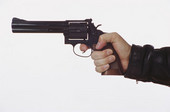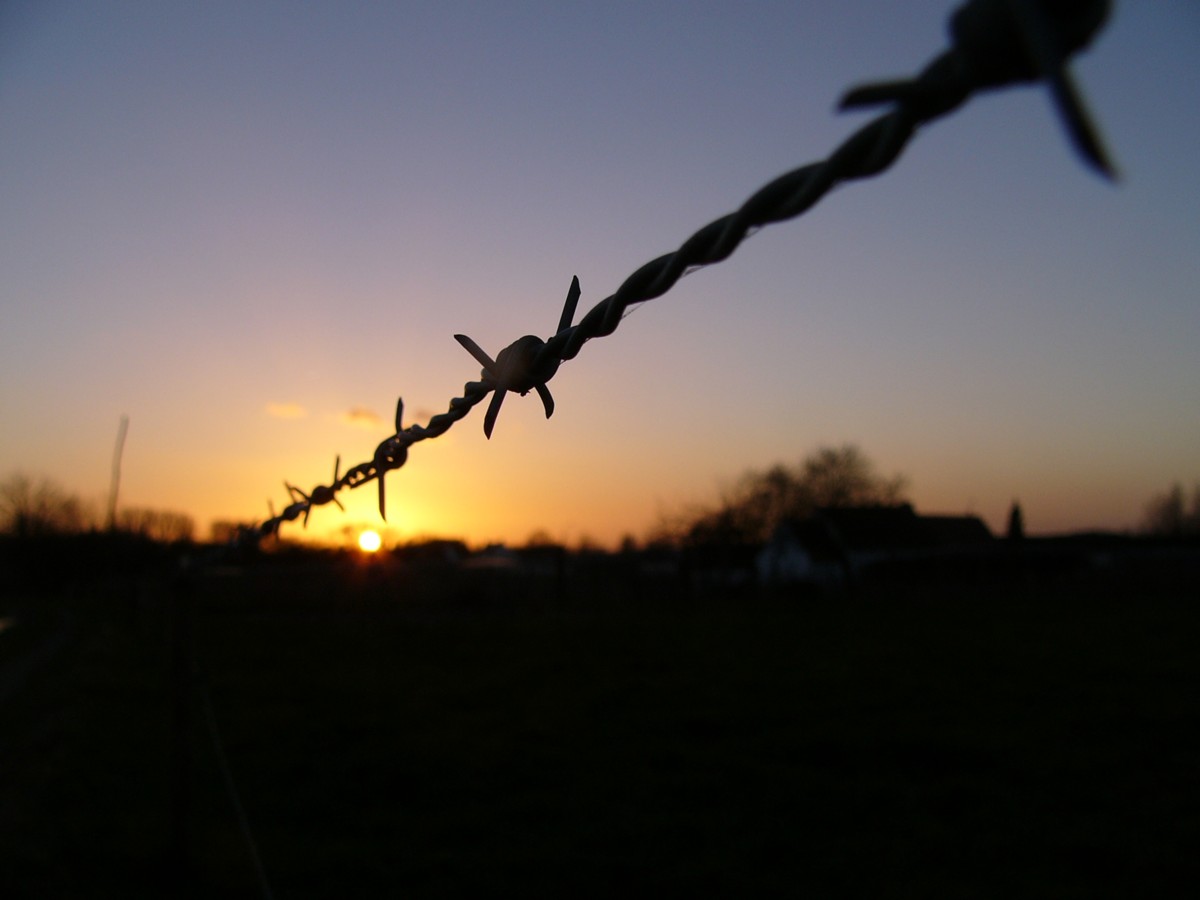
MONDAY, Nov. 11 (HealthDay News) — The amount of gun violence in PG-13 movies has tripled since 1985, the year the film rating category was introduced, a new study shows.
Not only that, violent gun scenes have become more common in PG-13 movies, where children aged 13 and under can only see the film with a parent, than they are in R-rated movies, the researchers added. R-rated movies require people under 17 to be accompanied by an adult.
But experts noted that the findings do not definitively link more exposure to gun violence on the screen to more violent behavior among kids.
“Guns are becoming more prevalent in films, but there is no evidence to suggest this portrayal is related to violence in the real world,” said Patrick Markey, an associate professor of psychology at Villanova University in Pennsylvania.
Complicating the picture, other studies have shown that homicides, robberies and the most severe types of assaults have actually declined in recent years even as research suggests gun violence in films grew over the same time period, added Markey, who was not involved with the new study.
In this latest study, the researchers examined a database that details violent scenes in 945 films, all selected from the most profitable 30 movies from each year between 1950 and 2012. The investigators found that 94 percent of 420 movies made since 1985, the year the PG-13 rating was introduced, included scenes that they defined as violent because a person tried to physically hurt another.
Then the researchers counted incidents of gun violence, which they defined as using hand-held weapons that fire bullets or energy beams.
“Maybe movies that display gun violence should be rated R instead of PG-13,” said study author Brad Bushman, a professor of communication and psychology at Ohio State University. “That’s a possible policy decision that could be made based on such findings.”
The Motion Picture Association of America (MPAA) has come under fire in recent years for being much more accepting of violence in movies than sexual content. An MPAA spokeswoman declined to comment for this story.
The study doesn’t describe the context of the scenes of gun violence or address the consequences of gun use, for instance. But Bushman pointed to research that suggests people become more aggressive after just reading about guns.
However, more than 200 people from the academic world signed and sent a statement to the American Psychological Association in September saying the group has wrongly relied upon “inconsistent or weak evidence” in its attempts to connect violence in the media to real-life violence.
“There’s very little good evidence linking media violence to violence in real life,” said Chris Ferguson, chair of the department of psychology at Stetson University in Florida and one of the statement’s signers. “I’ve conducted a number of studies myself, and have found no evidence linking media violence to actual youth violence. The same has been true for studies by other groups.”
Ferguson added that “youth violence is at its lowest level in 40 years, no matter what age of child we are talking about.”
Still, a recent study suggested that while it’s fairly rare for emergency rooms to treat gunshot wounds in kids, 8 percent of the children who are wounded by guns die.
Ferguson called the new study “quite alarmist,” although he thinks it’s likely that movies have indeed become more violent.
“The question for me is ‘so what?'” he said. “In the face of massive declines in violence in our society, I have trouble seeing the ‘so what.’ There’s not much here for parents or Hollywood to worry about.”
The study appears online Nov. 11 and in the December print issue of the journal Pediatrics.
More information
Learn more about movie ratings from the Motion Picture Association of America.
Copyright © 2025 HealthDay. All rights reserved.

